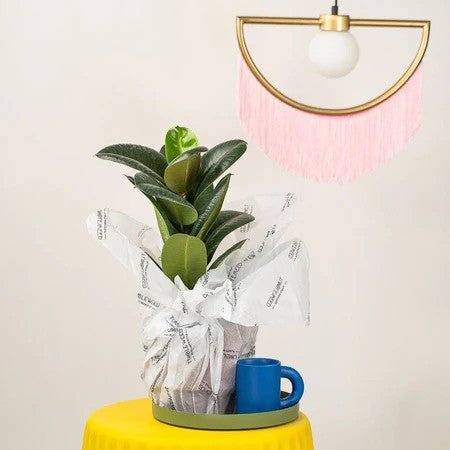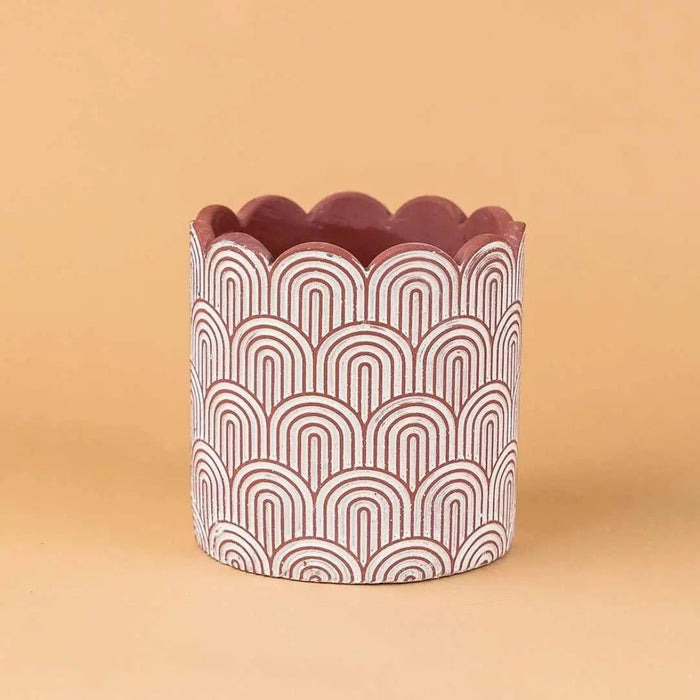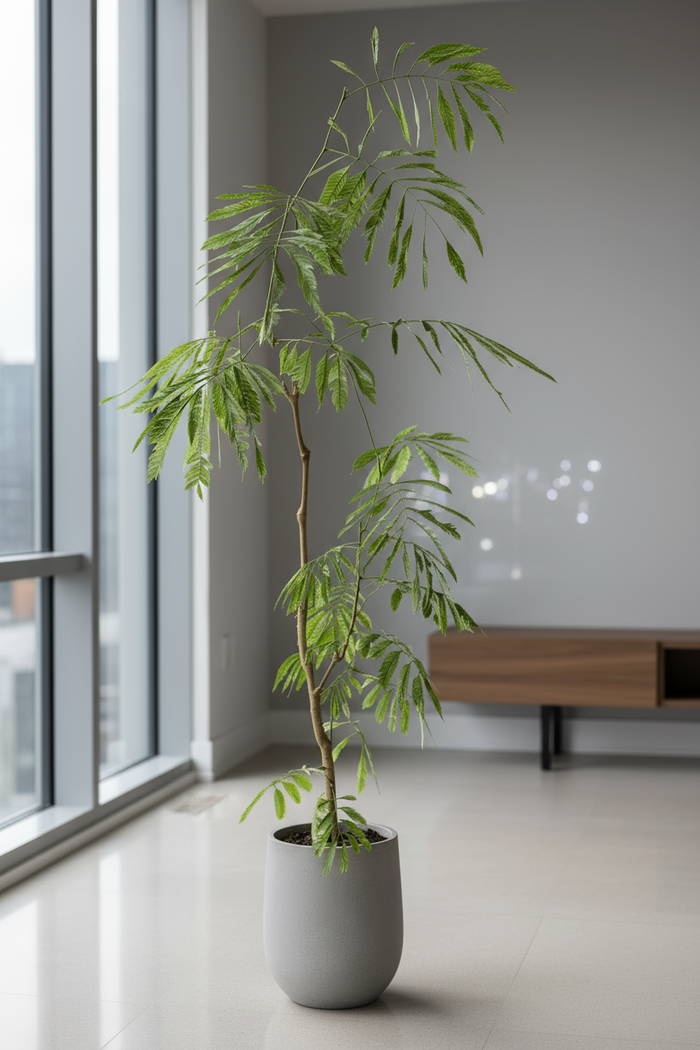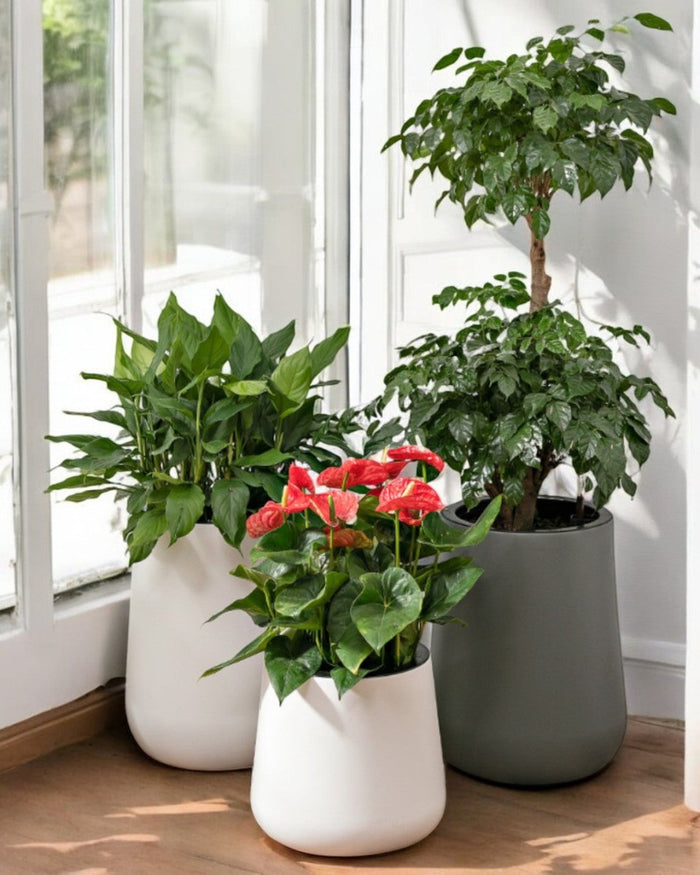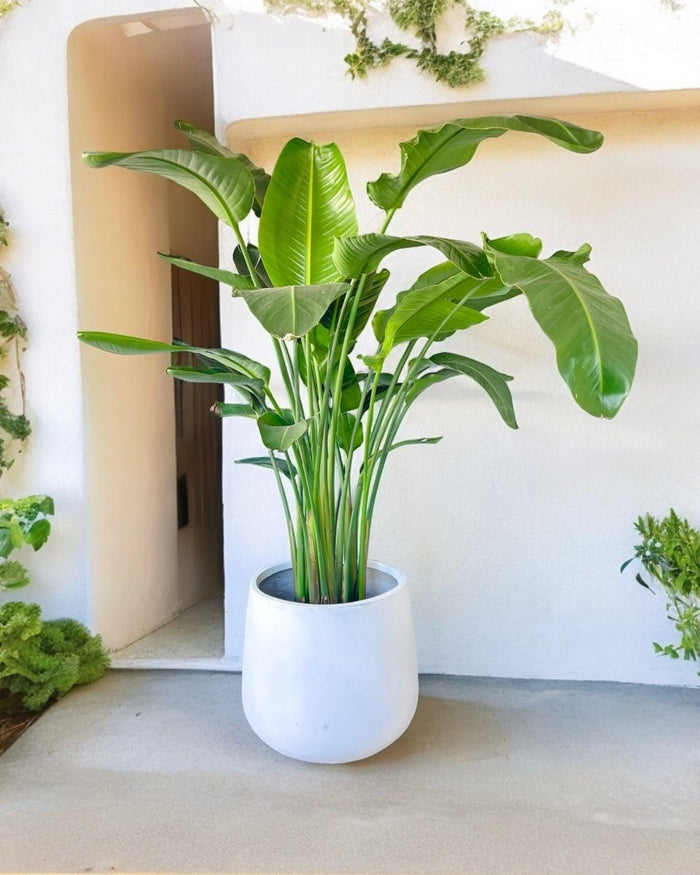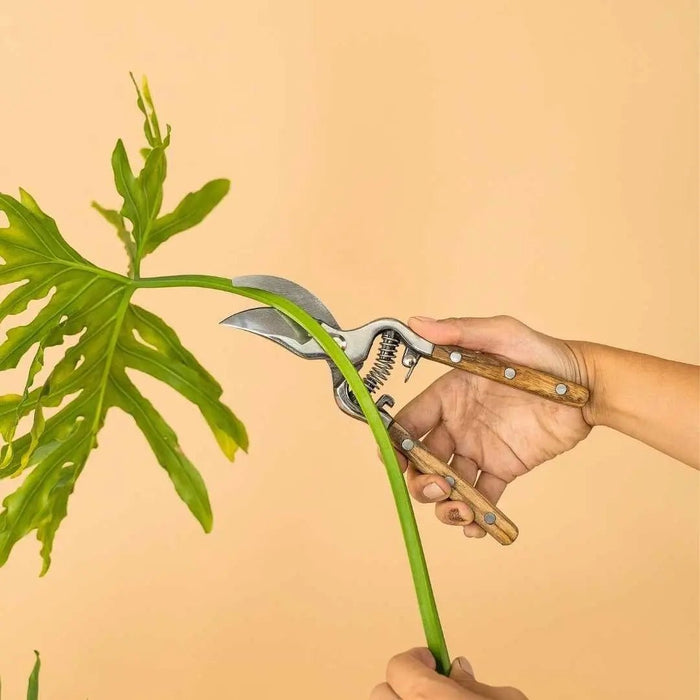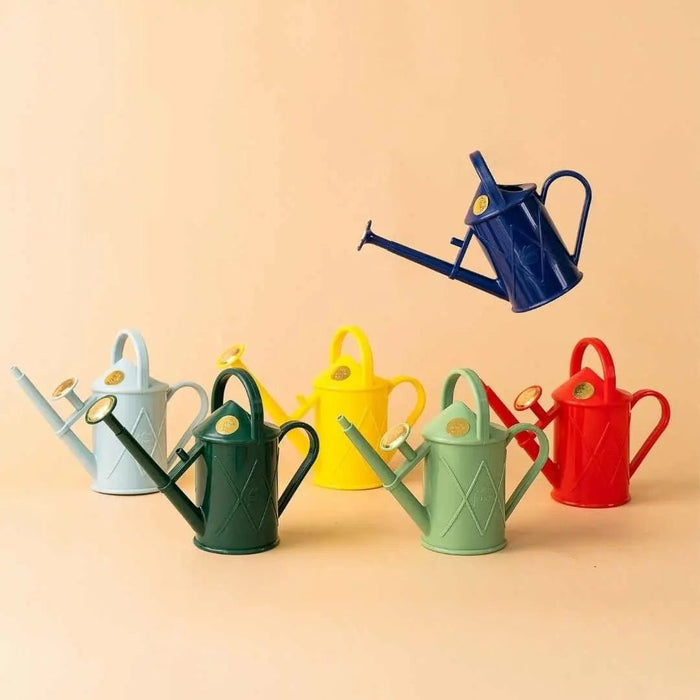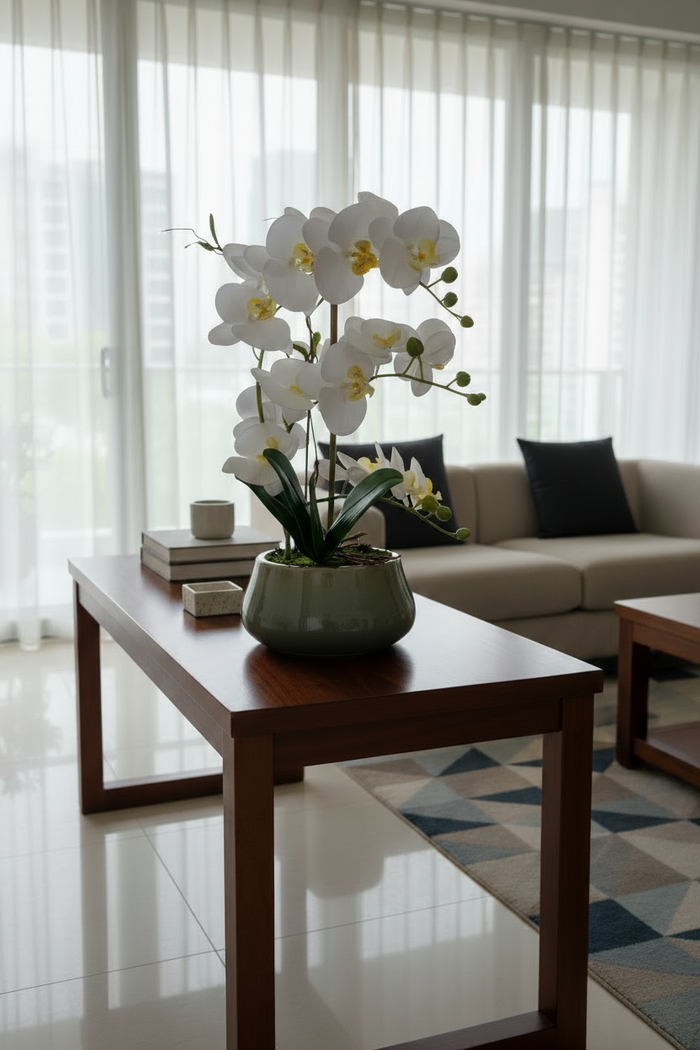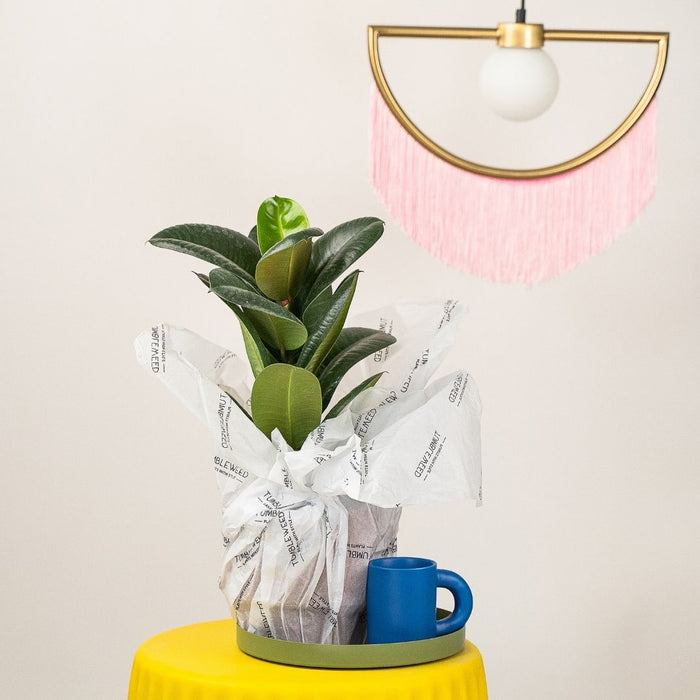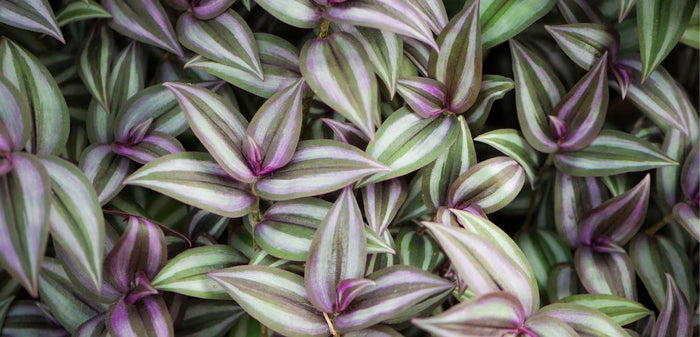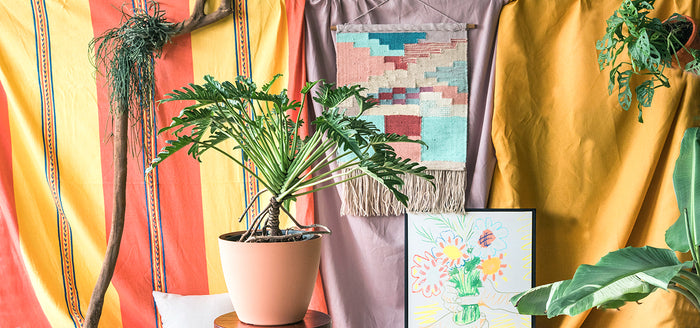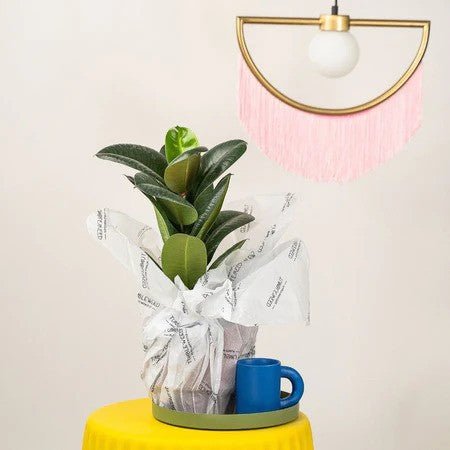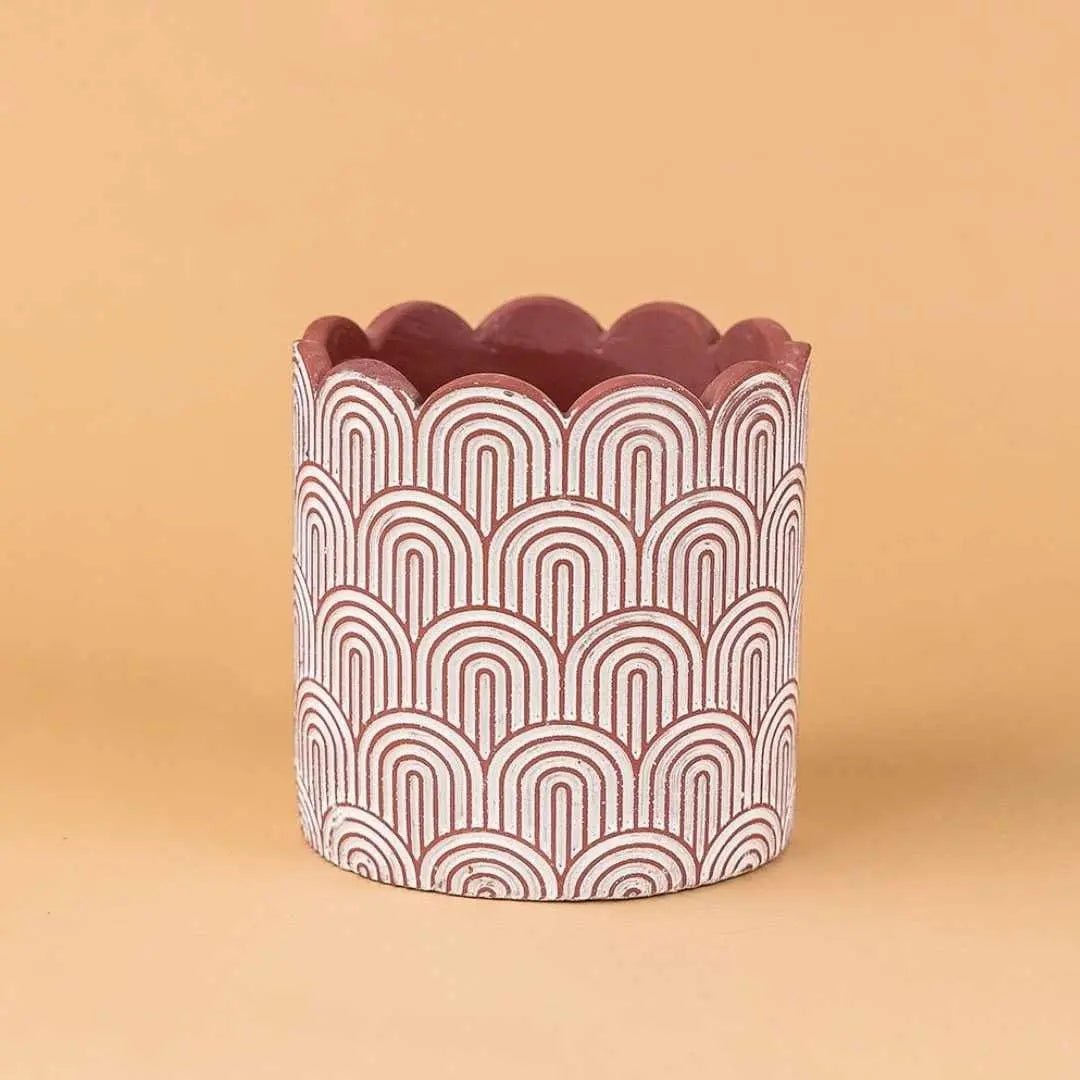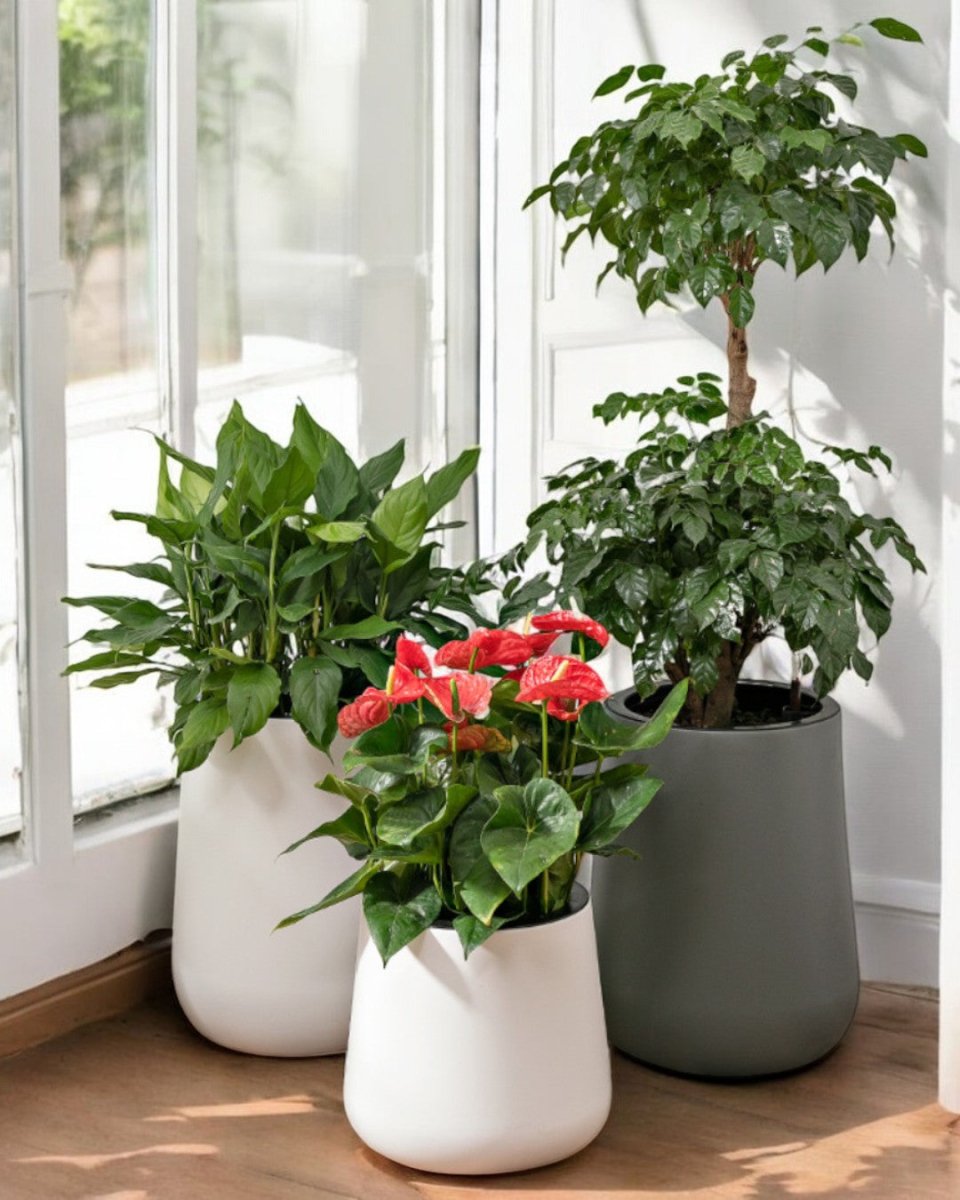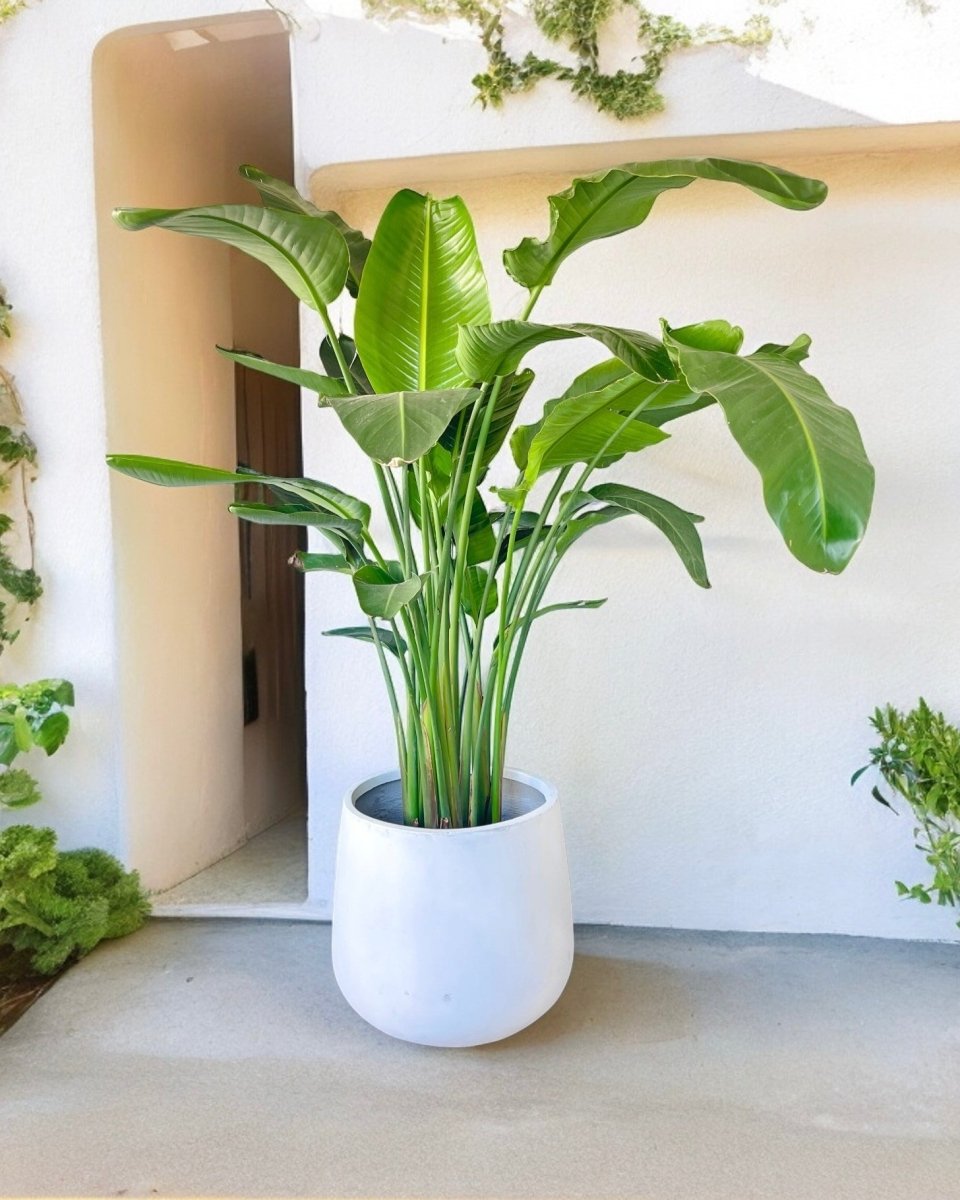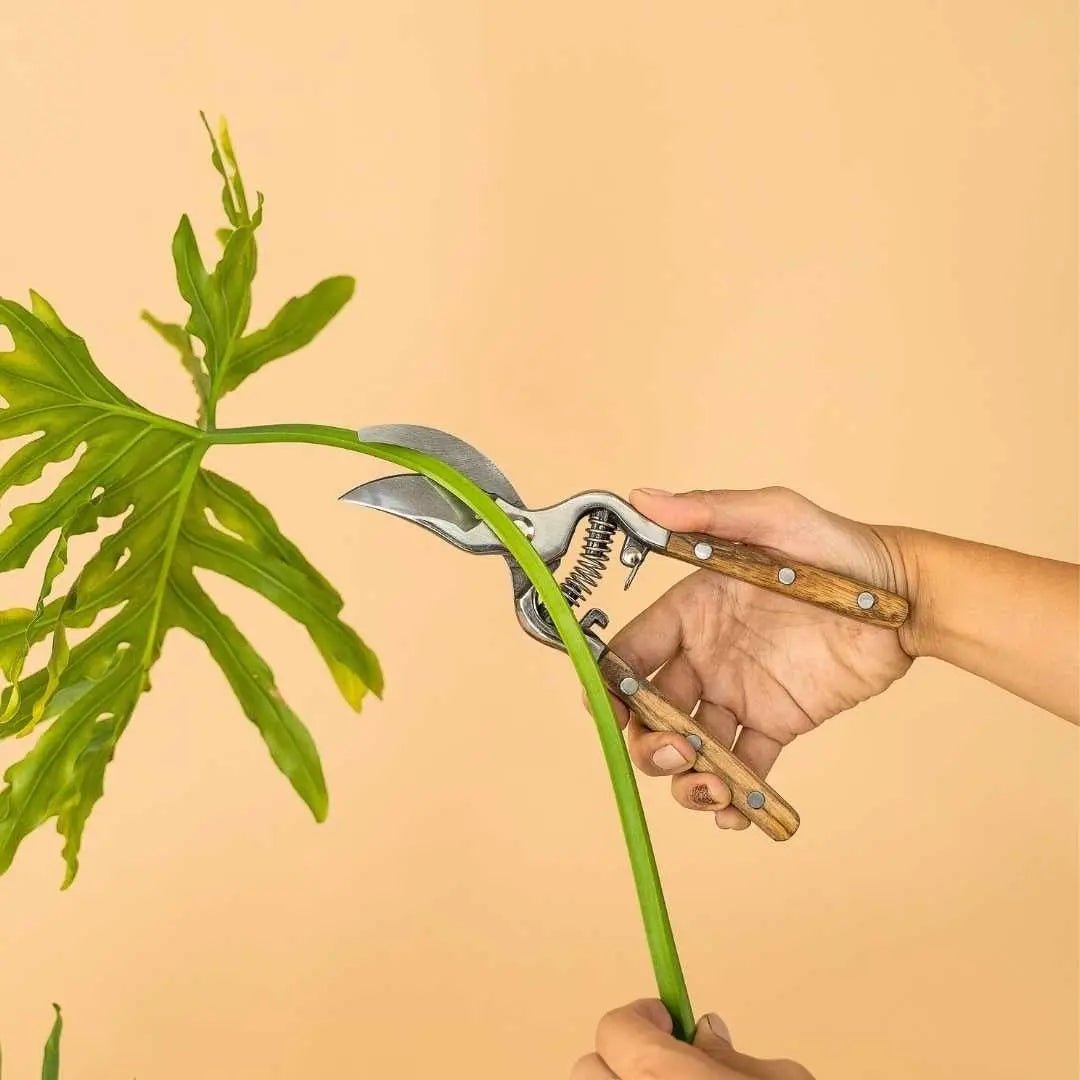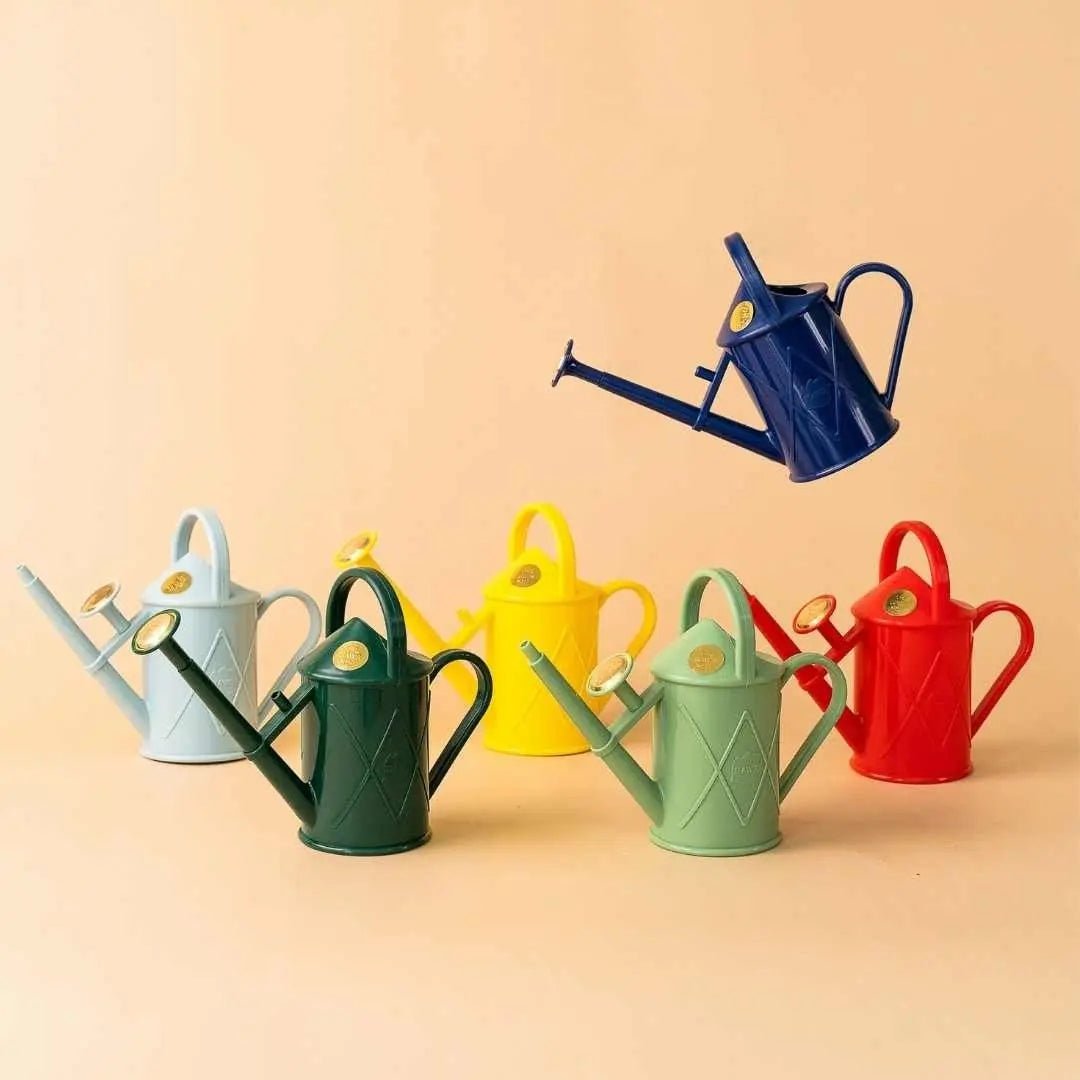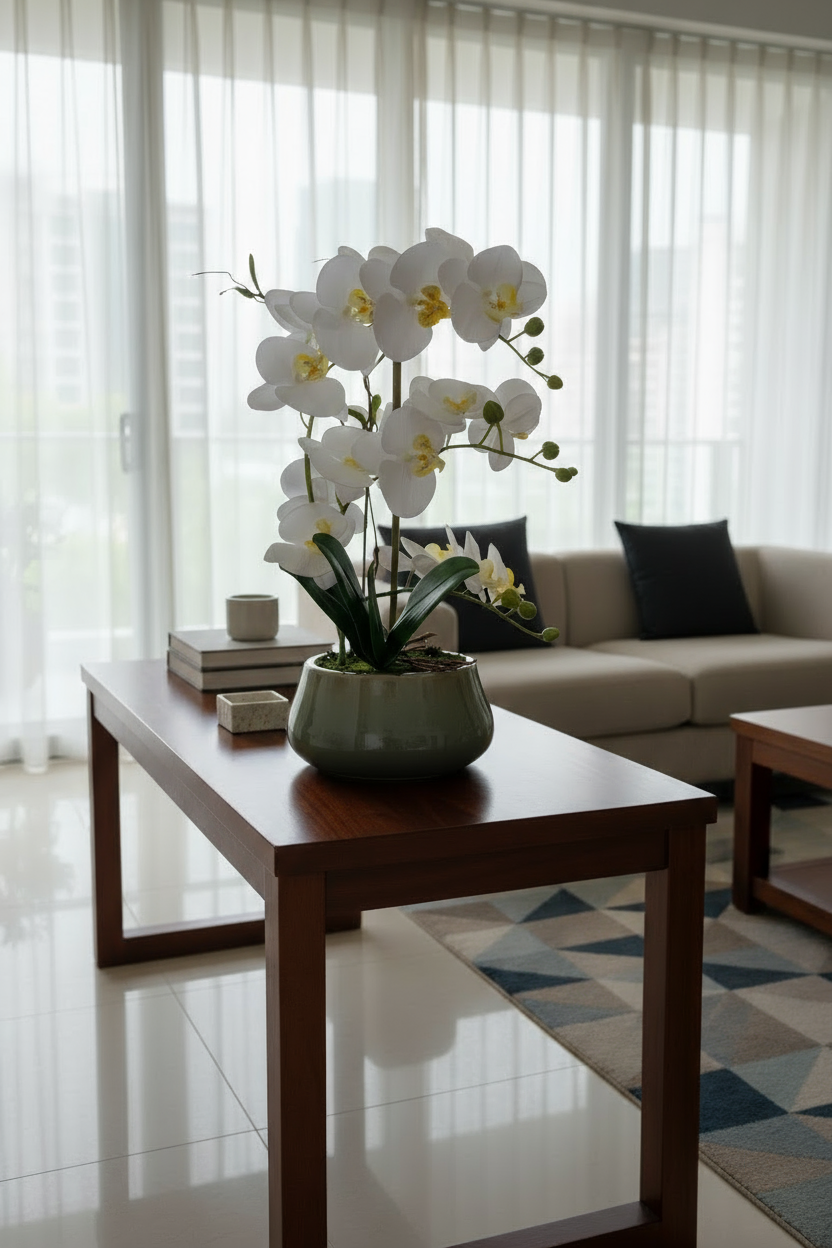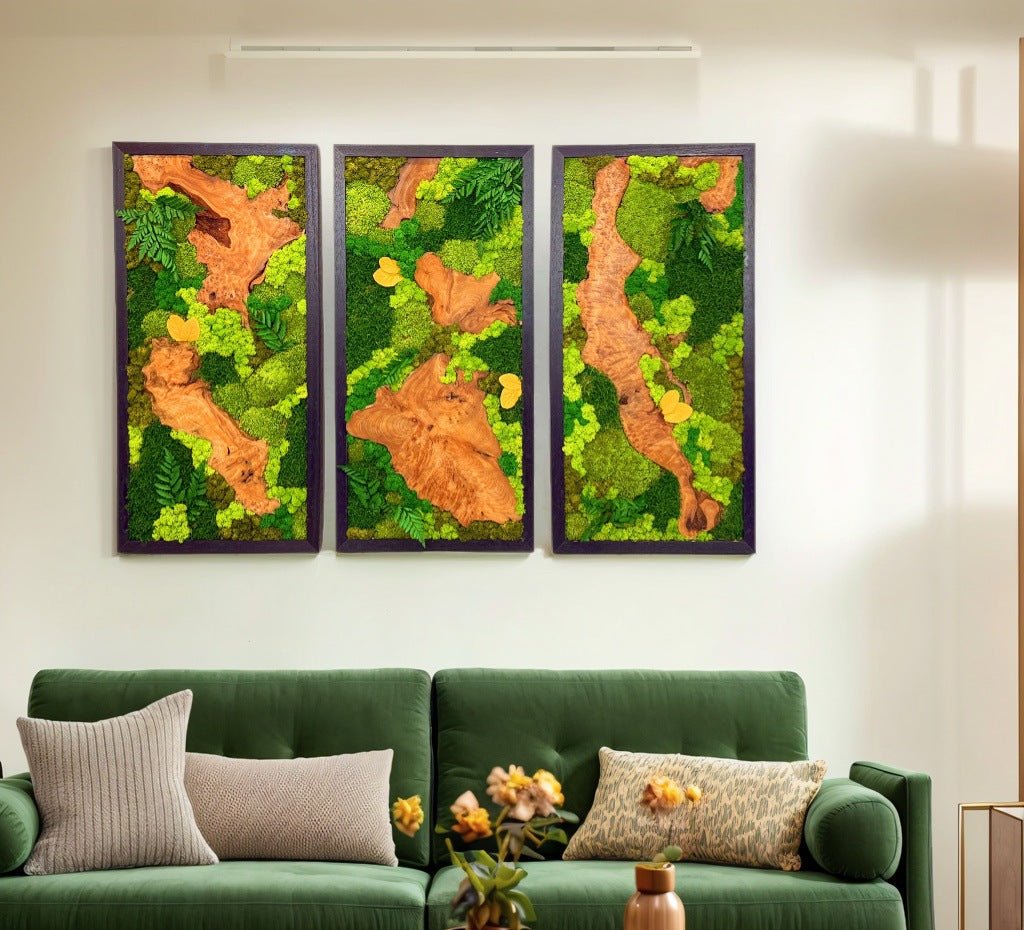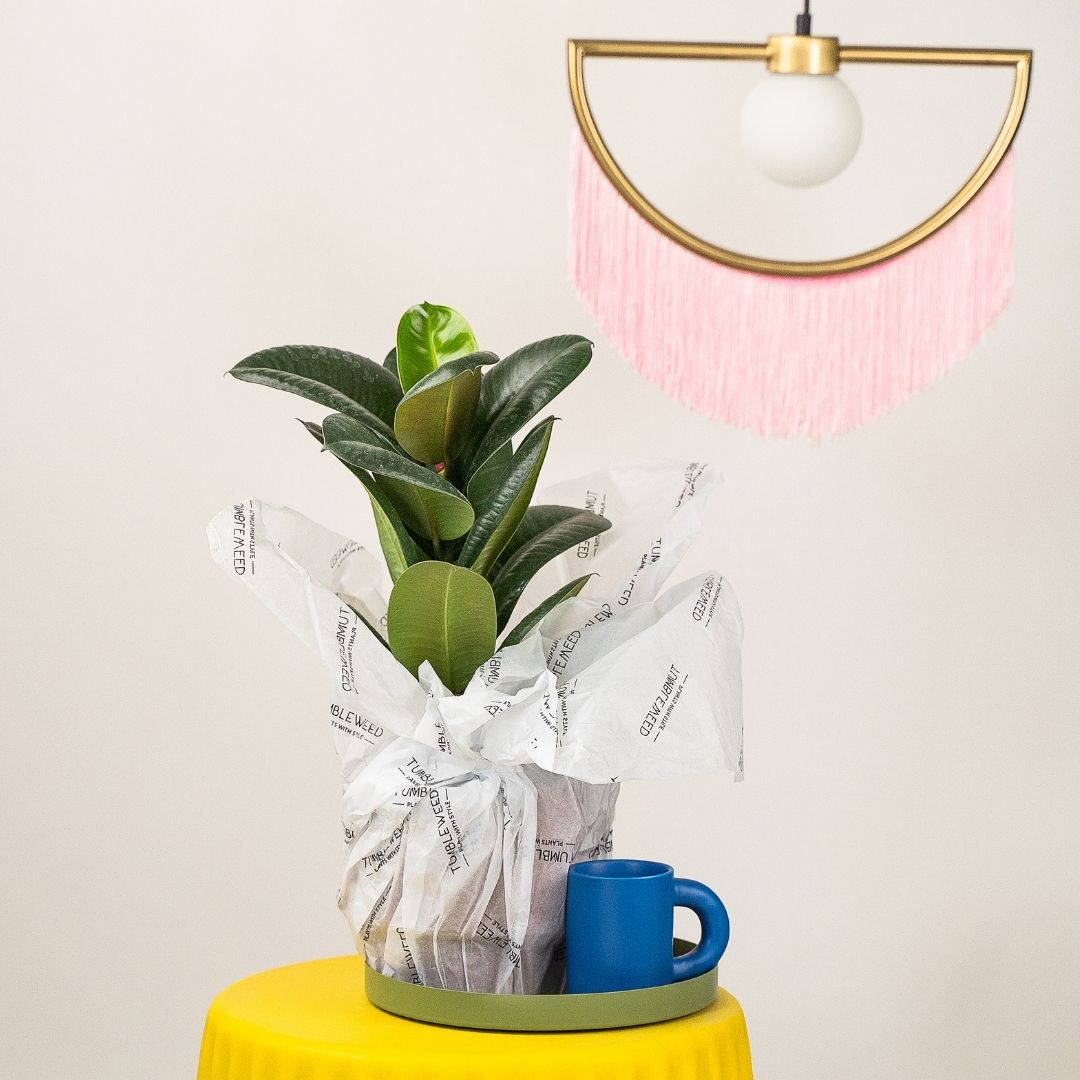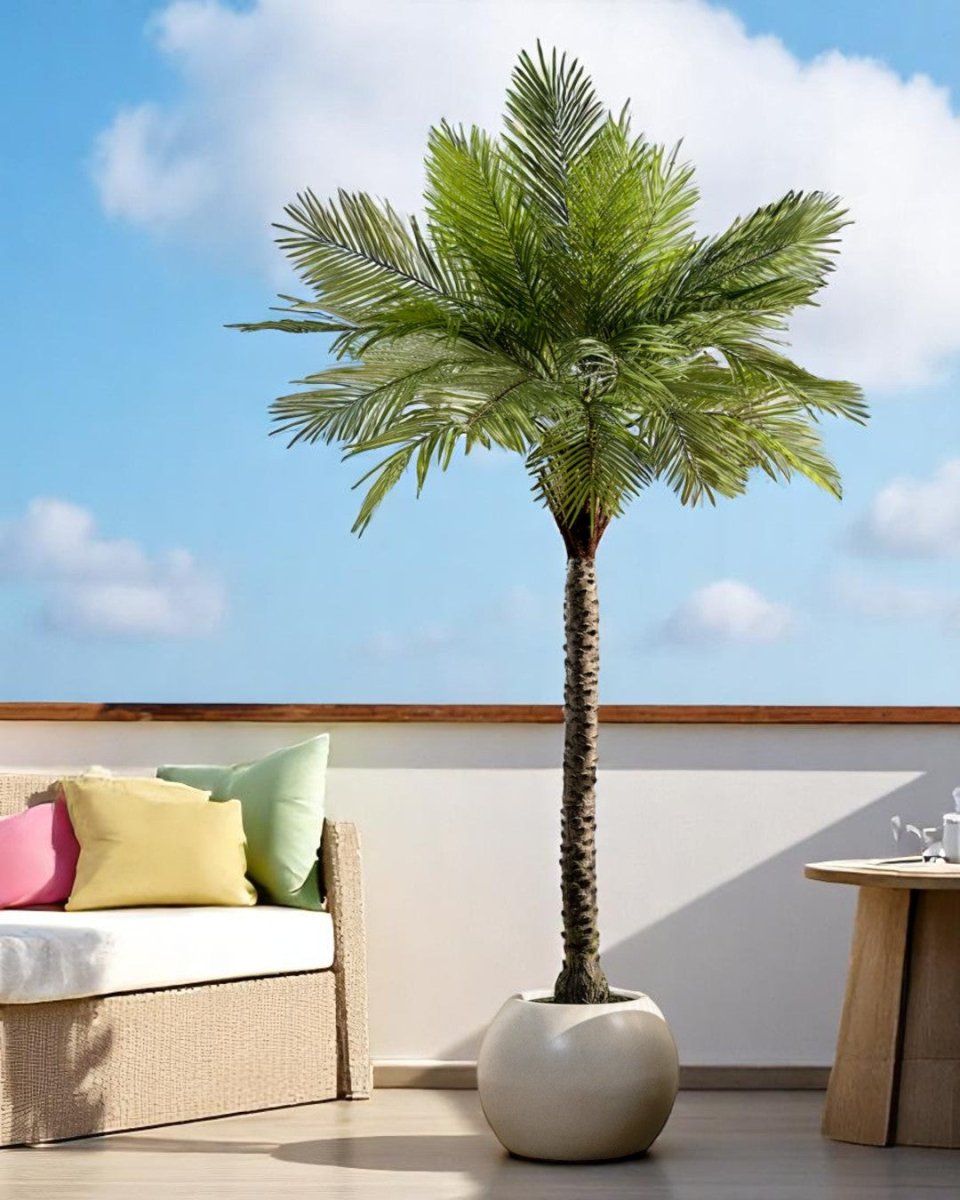Alocasia plants are popular among houseplant enthusiasts with their tall stems and distinct leaves showcasing clean lines and crisp, defined colours that match well with contemporary interiors.
Search plants, planters, garden accessories and more.
-
Sale
-
Plants
-
Pots
-
Care
-
Decor
-
Gifts
-
Services
-
Business
Free Delivery Above $99 | Shop Now
What's New
-
 Year End Sale: Up to 50% off→
Year End Sale: Up to 50% off→ -
 🎁 Corporate Gifts! 🎁→
🎁 Corporate Gifts! 🎁→ -
 Transform your space with our Plant Styling Services!→
Transform your space with our Plant Styling Services!→ -
 Low Light Corner?→
Low Light Corner?→ -
 Login to Earn & Redeem Points!→
Login to Earn & Redeem Points!→ -
 🎉 Making buying plants easy! 🎉→
🎉 Making buying plants easy! 🎉→
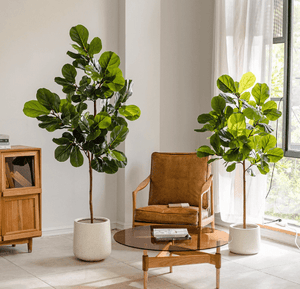
Year End Sale: Up to 50% off
Upgrade your decor now! Automatic tiered discounts mean bigger savings on plants, planters & more. Watch your progress bar fill up as you shop! Sale ends soon. 🌱
Also don't miss out on our free XL Everfresh giveaway, auto enrolled when you make a purchase with us.
Shop Plants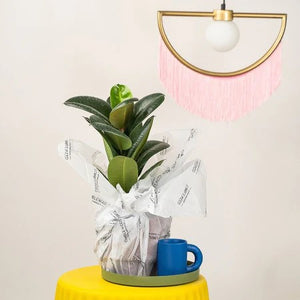
🎁 Corporate Gifts! 🎁
Planning corporate gifts for the festive season? Make a lasting impression with our premium plant gifts! Perfect for clients, partners, or employees, our curated selection of plants is both meaningful and elegant. Choose from a variety of options that fit any budget. Order now and ensure your corporate gifts are delivered in time for the celebrations.
Bulk Gifting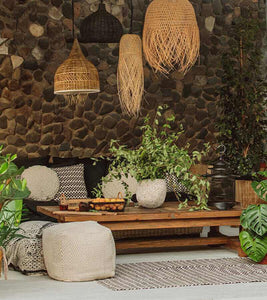
Transform your space with our Plant Styling Services!
Looking to refresh your space for the year-end festivities? Elevate your home decor with our Plant Styling service! Whether it’s a cozy corner or a grand living room, our expert tips will help you transform your space into a green oasis. Perfect for setting the holiday mood! Get inspired and start styling your space with our premium plant collections.
Start your Project
Low Light Corner?
No worries! Our Plant Lights are here to help your plants grow! Specially designed and made for houseplants.
Shop Lights
Login to Earn & Redeem Points!
Login and automatically enrol into our Rewards program, earning you points, and get exclusive deals and discount
Login Now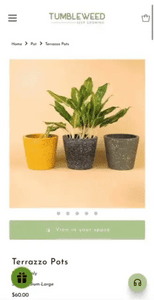
🎉 Making buying plants easy! 🎉
We have made buying plants even easier, with our customer service team, equipped to provide you with a plant recommendations. Hit us up on our chat channels to get started!
Shop NowUp to 50% off with our Year End Sale!
Free delivery above 99SGD
🎁 Free Gift Above $120
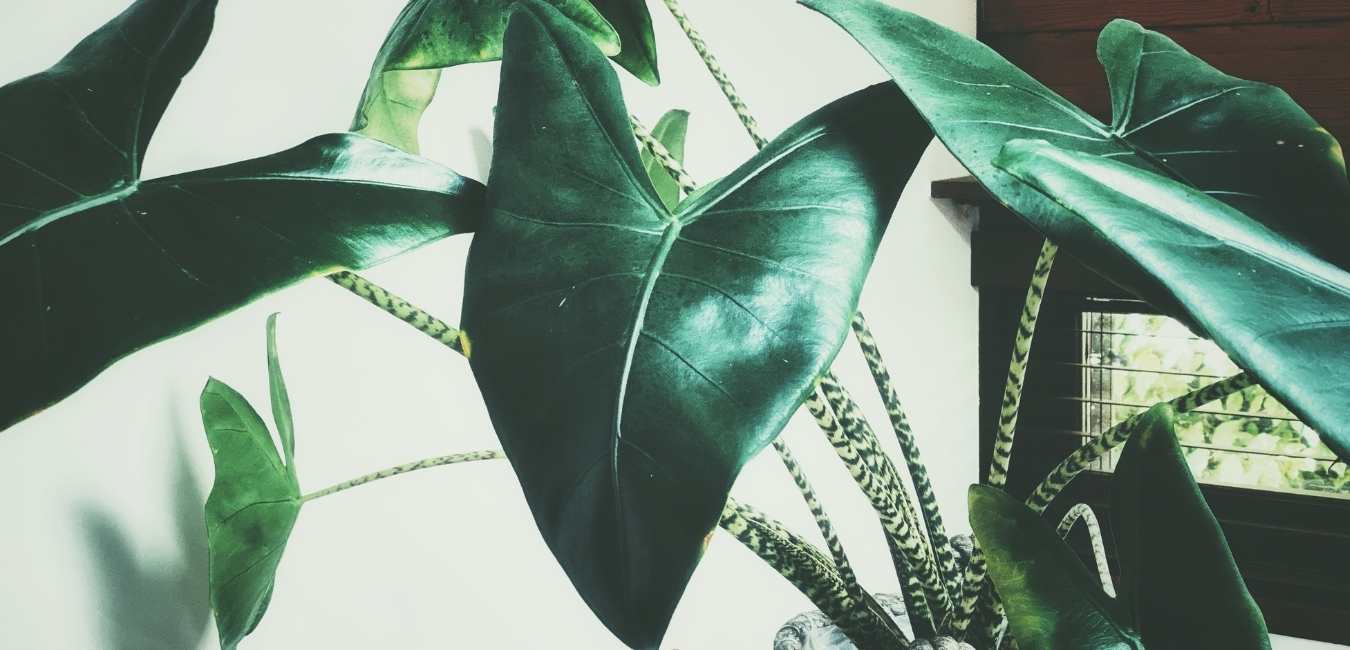
Alocasia: Information and Plant Care Guide
Varieties from our listing
Interested to buy a plant from this group?
See what we have available HERE
Below is a general care guide for Alocasia plants which can slightly differ depending on variety.
Light & Temperature
Alocasia plants thrive best in part shade, filtered sun or bright indirect light. Direct sunlight will burn the leaves.
They like protection against strong winds. When placed indoor, make sure the plant is away from drafts or dry air like heaters and air conditioners.
Watering, Humidity & Misting
Allow the top 2-3” of soil to dry out between waterings to ensure the plant is not sitting in water. Alocasia plants like their soil to be a little on the drier side but require high humidity.
For the plant’s optimal growth, frequent misting is recommended. When misting, avoid getting the leaves too wet as it can damage the foliage and weigh the stems down.
Soil and Repotting
Proper Alocasia plant care starts with the soil. They love loose and well-draining potting mix. To keep the plant at a manageable size, you can repot the Alocasia annually into larger pots with fresh soil.
Propagation
Most Alocasia plants can be propagated by rhizome division. Cut a piece of the rhizome and repot it separately. Keep it moist and warm until new growth starts.
Fertiliser
Use a balanced fertiliser formulated for houseplants. Follow the directions on the label of our Down to Earth. organic plant food.
Toxicity
Alocasia plants are toxic if ingested and should be kept out of the reach of children and pets. The base of the stem is more poisonous than the leaves.
Possible Issues
Under the right care and conditions, your plant will grow happy and healthy. But here are some issues you may encounter while caring for an Alocasia:
Spidermites, aphids, scale and mealybugs - A good deterrent is keeping the humidity high.
Brown leaves - This is usually caused by overwatering. Adjust your watering schedule for your Alocasia.
- Regular Price
- $25.00
- Sale Price
- $25.00
- Regular Price
- $35.00
- Unit Price
- /per
- Regular Price
- $28.00
- Sale Price
- $28.00
- Regular Price
- $38.00
- Unit Price
- /per
- Regular Price
- $16.00
- Sale Price
- $16.00
- Regular Price
- $26.00
- Unit Price
- /per
- Regular Price
- $22.00
- Sale Price
- $22.00
- Regular Price
- $32.00
- Unit Price
- /per
TumbleweedPlants.com
Live Chat 💬
Whatsapp:+65 80561106
getintouch@tumbleweedplants.com
514 Chai Chee Lane (Office & Warehouse)
-Strictly not open to walk-in
Company
Helpful Links
Join Our Community
Join 40,000+ plant lovers and get care tips & inspiration.
About
TumbleweedPlants.com is an independent plants retail brand, established in Singapore in 2016. We make stylish indoor plants easy and accessible to all with great looking houseplant varieties, the biggest selection of planters and indoor plant care essentials delivered to your door.
Shop with confidence from the Best Plant Home Decor Online Store Today!

